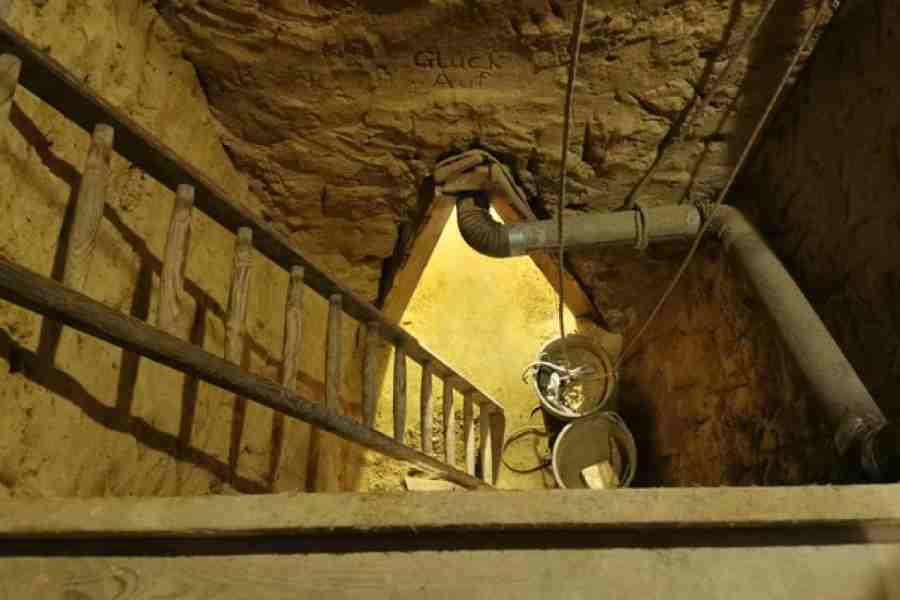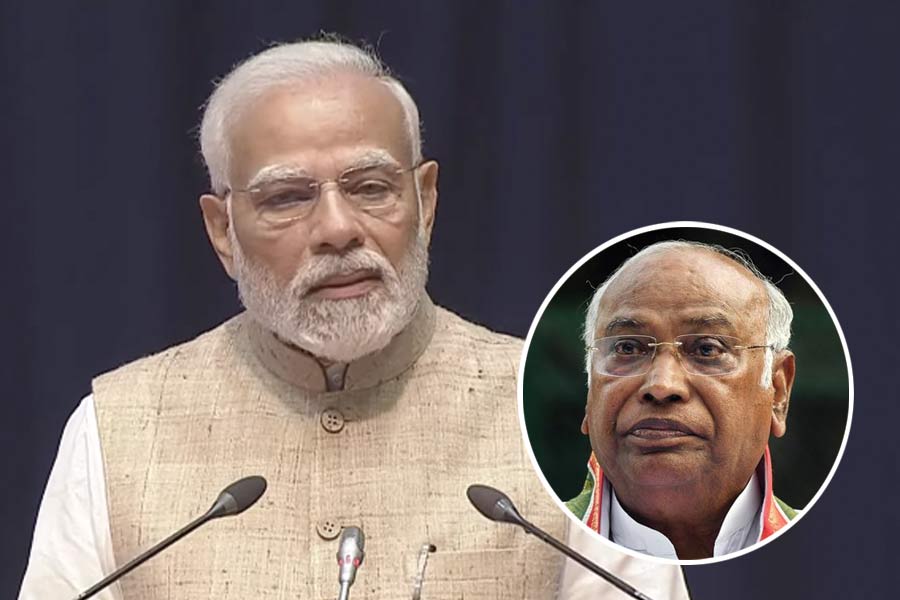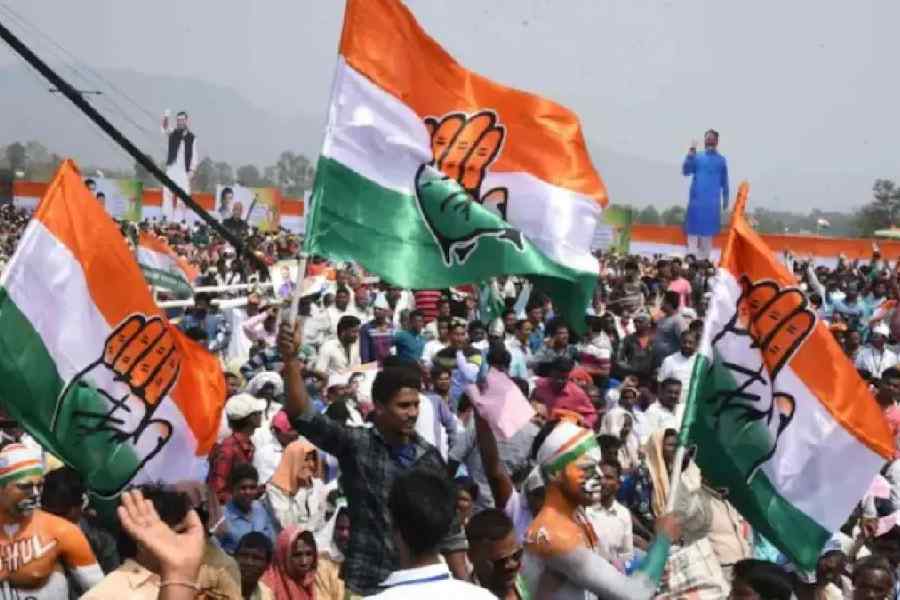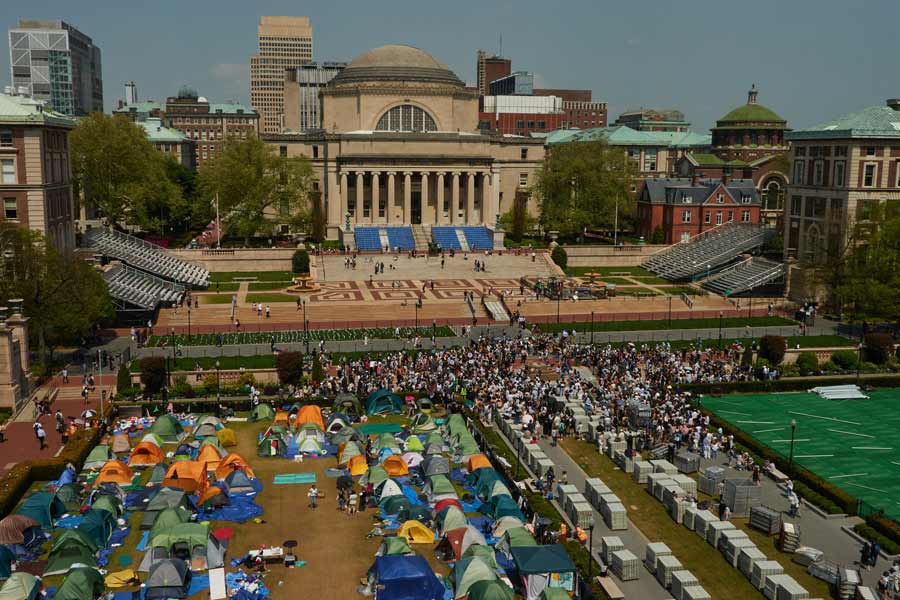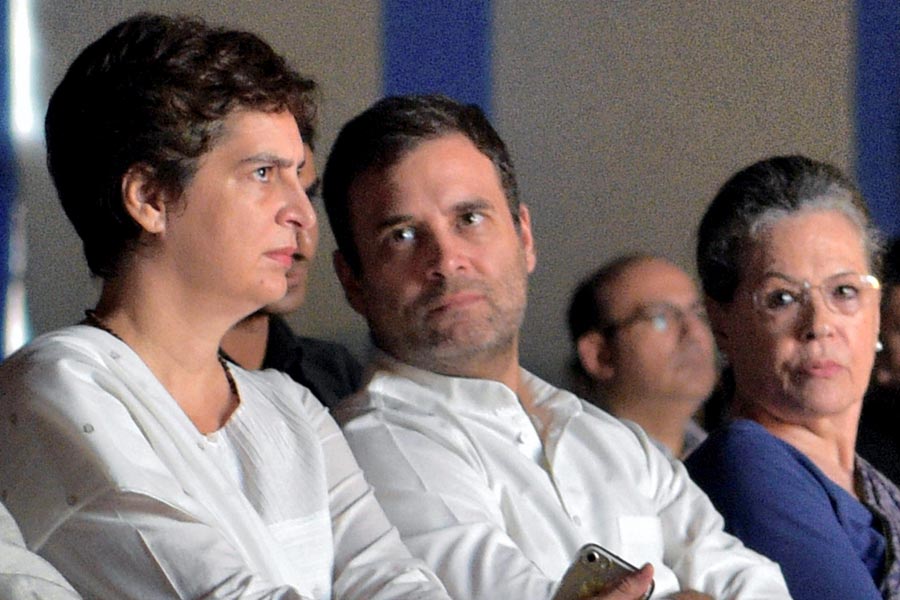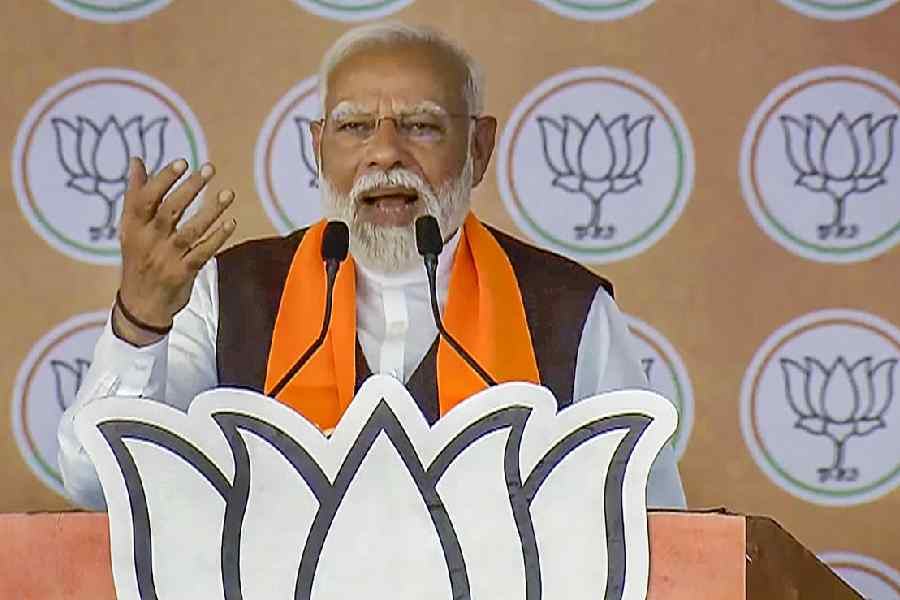Spending time in Berlin, you realise something about the public spaces and the built-up areas, about the more crowded nodal locations as well as the quieter residential areas in other parts of the city. Upon reflection, the words that keep coming up are ‘generosity’ and, perhaps in bangla, ‘dheelae’, in the sense of ‘left loose’ or ‘left open’. Unlike other major cities, Berlin has no centre as such, no middle point to which all other areas are subservient; what it does have are several semi-centres spread across the metropolitan map like a constellation. At these points, there is an interplay among grand, public architecture from different eras, government buildings, colleges, museums, shopping centres and avenues, parks and river- and canal-side areas. You realise from the urban design at these points that walking or bicycling is not just encouraged but prioritised over the driving of motor vehicles. This is also true of the smaller neighbourhoods where there are lots of spaces with no other ‘use’ than for people to dawdle in, to gather for an adda or a picnic. Despite the real estate prices going up and the constant grind of new construction, Berlin seems free of the typical nexus of municipal administrators and builders gobbling up every bit of empty real estate for profit that you see in so many cities all over the world, not least in India.
Even in the street interactions and pavement dynamics, there is a sense of relaxation, at least in summer; here, you have none of the blindered, super-fast stride of the New Yorker getting from point A to B, none of the grim, ‘don’t mess with me’ aura of the pedestrian in London. Instead, there are random seating spots, benches and ledges; there are small gardens and huge parks replete with trees; all of these seem to come from some understanding that the whole point of life is to be able to just sit and relax, with or without a beer, to play with your children, to chat with friends, to sift through the pages of a book while soaking in Vitamin D from the summer sun.
However, if you interrogate this impression, you realise there are several caveats and questions. For one, this is Berlin, but only in the warm months; in the winter, the brutal winds from the Baltic and the Russian steppes make it one of the most inhospitable of cold cities anywhere. Then, other things come up when you look at the history of Berlin over the last century. After the carnage and defeat of the First World War, Berlin briefly became the centre of radically progressive political and art movements, but it also retained virulent strains of Prussian militarism and jingoism. Within fifteen years of the 1918 Armistice, Hitler and the Nazi Party were invited to power and the darkest, most murderous, period of German history was administered from this capital. By 1945, Hitler was dead and large parts of the city lay in ruins, different chunks of it allocated among the victors — Russia, the United States of America, Britain and France. By 1949, the Cold War had properly begun and by 1961, among other things, the conflict had hardened into the Berlin Wall that split the city for the next twenty-eight years.
“You have to remember, the Wall didn’t just go through the middle of the city, it actually went around all of West Berlin.” In the stifling underground bunker in Prenzlauer Berg, our guide to the Berlin Underworld museum explains things in detail. By 1961, the German Democratic Republic aka communist East Germany was desperate to stop its people leaving for West Germany, either across the main border or via the ‘island’ of West Berlin, which was part of West Germany. To this effect, they put up barriers overnight that turned into a solid wall that bifurcated Berlin. Soon, though, people began to find other ways to escape, not least through the underground railway and sewage tunnels. As we go through the underground rooms of the museum, we are shown the different booby traps the East German security services laid for escapees, including one carpet of lethal spikes called the Stalin Mattress. In another room, there is a history of what can only be called absurd engineering. The Berlin sewers had rudimentary bars separating the different sectors but it was possible to slide in under these barriers so the Stasi (the GDR security department) came up with a design of vertical bars; the escapees found ways to bend those, so the engineers were sent down again, this time to weld across steel bars the size of railway sleepers. The absurdity also stretched to the soldiers who were sent down to guard the underground lines: to prevent them from also escaping, each pair was locked into a guard house for their shift; they could see the metro lines through narrow slits and call their commanders if they saw anyone attempting an escape. While all this was going on, above ground, the Stalinists were creating their grand show apartments on Karl-Marx-Allee and the tower at Alexanderplatz. At some point in the mid-1960s, people decided to start digging tunnels under the wall; several of these were dug, some discovered, others collapsed, a few were successful, including Tunnel 29 and Tunnel 57, the numbers indicating how many people managed to escape through that tunnel. Towards the end of the tour, we are taken to see one such tunnel, complete with the trolleys and buckets used to excavate the earth and squirrel it away to the west.
Coming out from the damp underground cold into the warm summer sun on Bernauer Strasse, one sees a double row of poles with what looks like lethal barbed wire stretching across both rows. Going closer, you see that it’s only a soft, plastic replica of the barbed wire that created the death strip, the Killing Zone, along the communist side of the Wall. Looking around, there is no trace of the towers from where the searchlights were trained on the strip, nor of the machine guns that would scythe down anyone trying to cross. There are some bits of damaged masonry covered with graffiti at one end of the grass plot, a kind of mini-Stonehenge of the late 20th century. A bit further down the road there is a cafe, then a bar, then a couple of benches on which two men sit playing a guitar. Another man, collecting empty bottles for a living, stops in his task to listen to the two play.
This is not a communist paradise but neither is it quite a capitalist one. This is Berlin, the graveyard of despots. You realise, yet again, that for all the energy a dictator might deploy towards breaking the enemy’s buildings, putting up his own walls, imprisoning his own people in boxes within boxes within boxes, this is what history wreaks upon his arrogance and hubris, so much quicker than someone might imagine. You find yourself thinking perhaps this city is generous and dheelae precisely because there are such deep cross-generational memories of unimaginable rigidity and cruelty.

